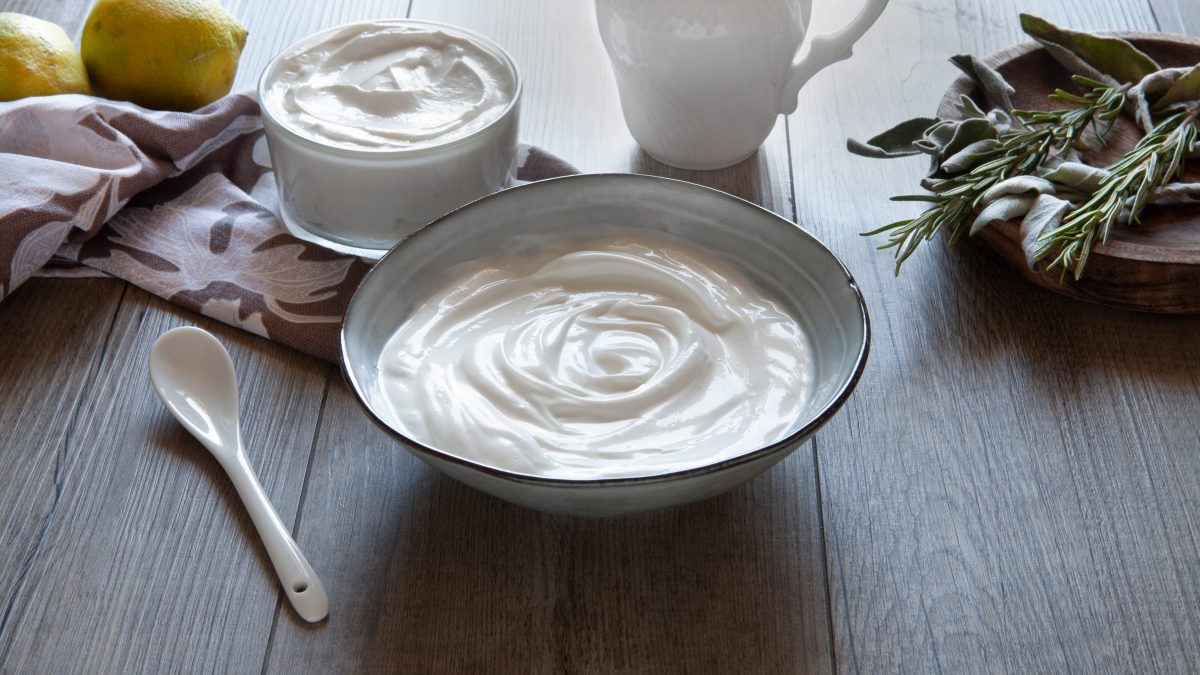
Sour Cream, or crème fraîche, is a typical French recipe, also known in America and in Anglo-Saxon countries as sour cream. It is a creamy condiment, rich in fat, and with slightly acidic notes, produced from fresh, unpasteurized cream, inoculated with cultures of Lactobacillus bacteria that, by proliferating, will give the preparation its characteristic flavor.
We have packaged it in a homemade version with 3 simple ingredients: pasteurized cream (according to the law), whole yogurt, rich in lactic ferments, and lemon juice. Once mixed together in a bowl, just transfer everything to the fridge and wait for a rest time of at least a couple of hours: in this way the citric acid present in the lemon will curdle the cream and the final result will be a thick and compact cream, very similar, in taste and consistency, to the commercial one.
What is Sour Cream?
Sour cream, or "smetana" as it was known in its Eastern European birthplace, began as a way to preserve fresh cream in a pre-refrigeration world. Fermented naturally by lactic acid bacteria, it was a staple in Slavic, Germanic, and Russian cuisines—drizzled over dumplings, added to stews, or served beside hearty meats. As immigrants from these regions poured into America in the late 19th and early 20th centuries, they brought their culinary traditions along. Slowly but surely, sour cream earned its spot in American kitchens, evolving from a European comfort food into a mainstream ingredient. It found fame beyond casseroles and dips when Tex-Mex cuisine exploded in popularity, making it a household name in everything from tacos to baked potatoes—and yes, even a star in some fast-food burgers.
Pro Tips for The Best Homemade Sour Cream
- Use fresh, full-fat heavy cream—preferably organic—for a richer, smoother result.
- Add either lemon juice, white vinegar, or a spoonful of live-culture yogurt to kickstart fermentation.
- Cover loosely and let it sit at room temperature for at least 24 hours to allow the cultures to develop.
- Once it thickens naturally, chill it to lock in the texture and deepen the flavor.
- Stir gently—if at all—once it’s set, as overmixing can ruin the consistency.
What Can I Use Homemade Sour Cream For?
Homemade sour cream is a versatile kitchen MVP—perfect for spooning over chili, folding into mashed potatoes, or adding tang to baked goods like cakes and muffins. It also shines in salad dressings, creamy dips, and even as a topping for tacos or pierogi. Its rich texture and subtle tang make it an upgrade in any recipe calling for the store-bought version.
Why Is My Sour Cream So Thin?
If your sour cream turned out too thin, it’s likely due to an imbalance in fat content or fermentation time. Using low-fat cream or not letting it sit long enough at room temperature can prevent it from thickening properly. Also, excessive stirring after setting can break down its texture. Next time, use full-fat cream and give it a full 24–48 hours to develop.
What Does Sour Cream Do In Baking?
In baking, sour cream is a secret weapon. Its fat content adds moisture and richness without thinning the batter, while its acidity tenderizes gluten, resulting in a softer crumb. It also reacts with baking soda to help baked goods rise. The result? Cakes, muffins, and breads that are ultra-moist, flavorful, and just the right kind of fluffy.
Can I Substitute Heavy Cream With Whipping Cream?
Yes, you can use whipping cream instead of heavy cream to make sour cream—but with a caveat. Whipping cream has slightly less fat (around 30% vs. heavy cream’s 36%), which might result in a thinner consistency. If you’re okay with a lighter texture and still ferment it properly with the right cultures, it’ll still work—and taste delicious.
How Long Will It Last?
Homemade sour cream typically lasts about 7 to 10 days in the refrigerator when stored in an airtight container. Always use clean utensils to scoop it out, and give it a sniff—if it smells overly sour, yeasty, or off in any way, it's best to toss it. Trust your nose and eyes: safety first, flavor second.
Can I Make It Ahead of Time?
Absolutely—you should make sour cream ahead of time. It needs at least 24 hours at room temperature to ferment properly, so prepping it a day or two in advance ensures it reaches peak thickness and flavor by the time you need it. Once it's set, stash it in the fridge and it'll keep beautifully for up to a week.
Does It Freeze Well?
Sour cream technically can be frozen, but it’s not ideal. Freezing changes its texture, causing it to separate and become grainy once thawed. It’s still safe to eat and works in cooked dishes like casseroles or soups, but don’t expect it to return to that silky, spoonable glory—keep the fresh stuff for topping and dips.
How to Store Any Leftovers
To store leftover homemade sour cream, transfer it to an airtight container—preferably glass or BPA-free plastic—and keep it refrigerated at or below 40°F. Always use a clean spoon to avoid contamination, and avoid letting it sit at room temperature too long once opened. Stored properly, it should stay fresh for up to 10 days.
Ingredients
How to Make Homemade Sour Cream
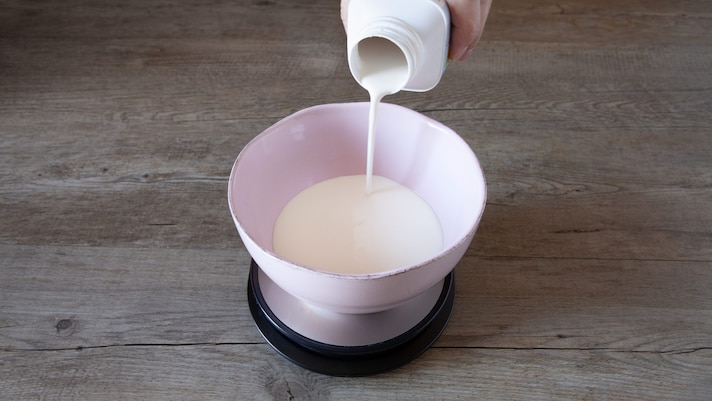
Place a bowl on a kitchen scale and weigh out 150ml of cream.
Place a bowl on a kitchen scale and weigh out 150ml of cream.
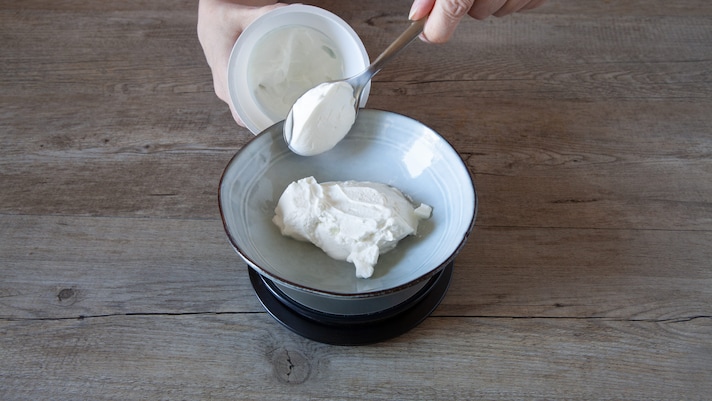
Weigh the yogurt too.
Weigh the yogurt too.
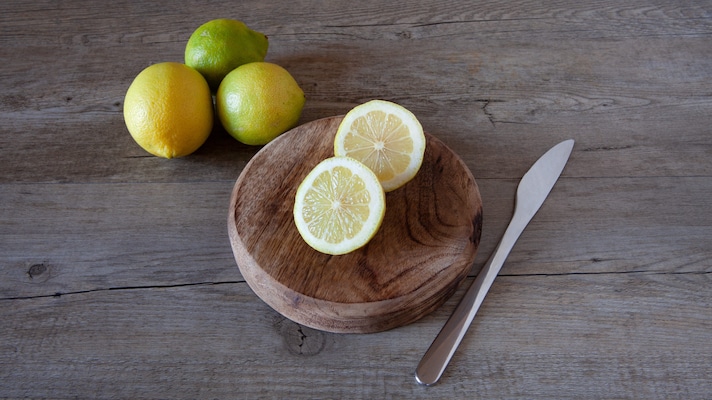
Cut the lemon in half.
Cut the lemon in half.
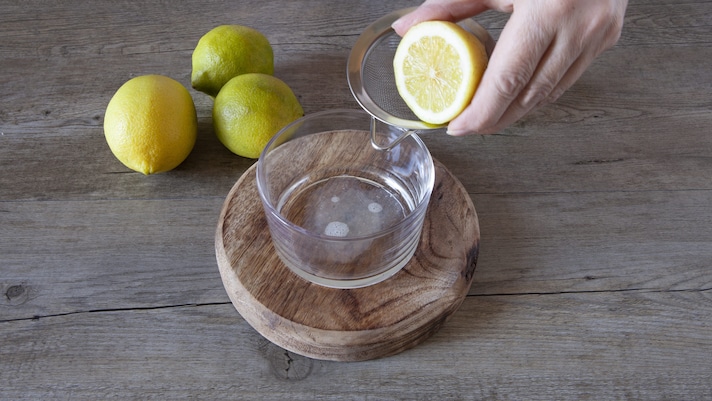
Filter the juice of half a lemon.
Filter the juice of half a lemon.
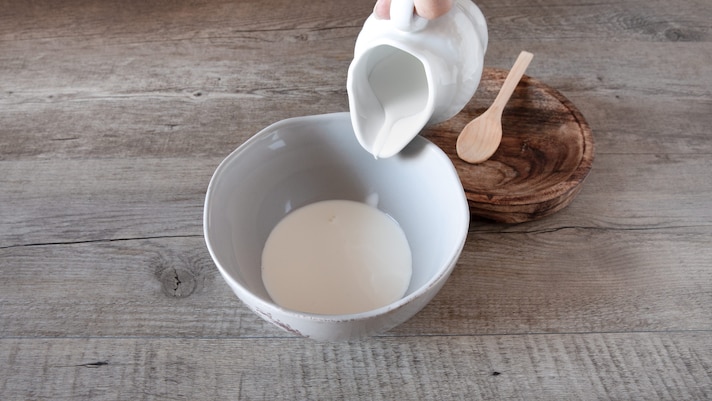
Transfer the weighed cream into a bowl.
Transfer the weighed cream into a bowl.
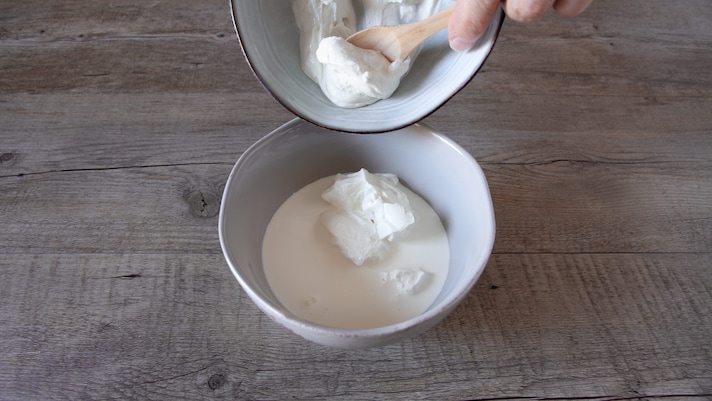
Add the yogurt.
Add the yogurt.
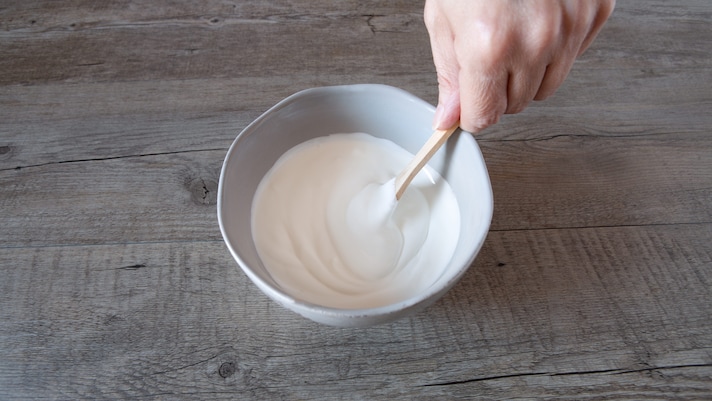
Mix carefully.
Mix carefully.
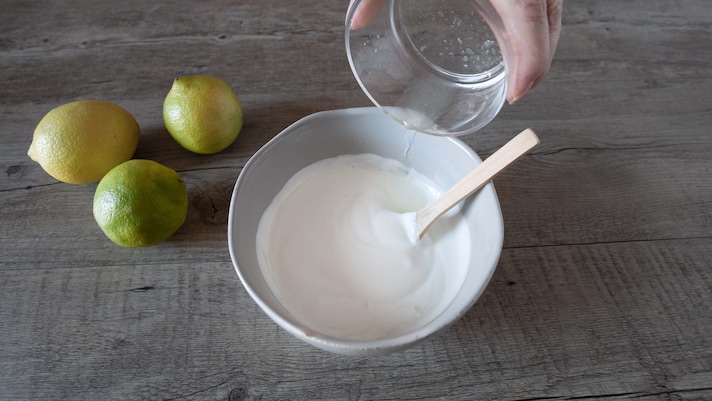
Pour the filtered lemon juice.
Pour the filtered lemon juice.
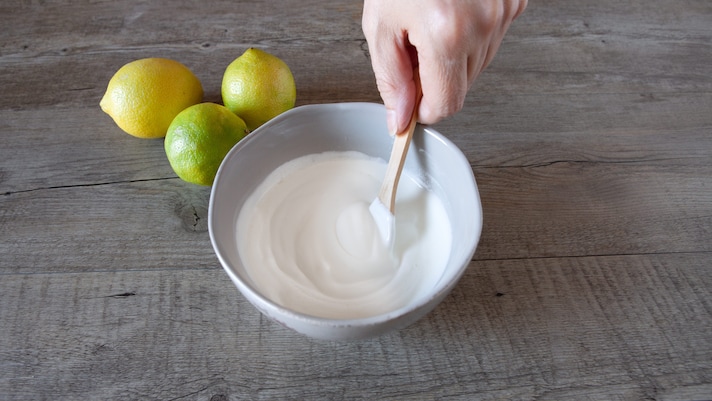
Mix again with a spoon.
Mix again with a spoon.
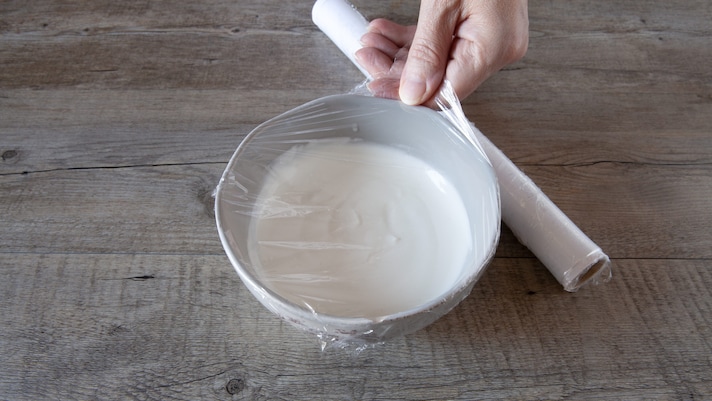
Cover with a sheet of cling film and let it rest at room temperature for a 24 hours.
Cover with a sheet of cling film and let it rest at room temperature for a 24 hours.
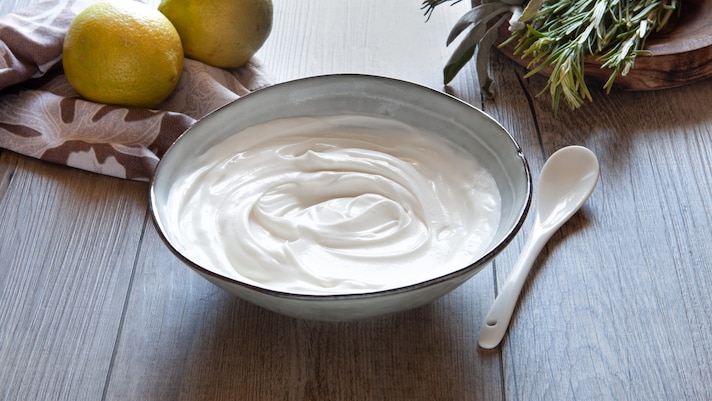
Once the time is up, you can enjoy it as you please!
Once the time is up, you can enjoy it as you please!
;Resize,width=767;)
